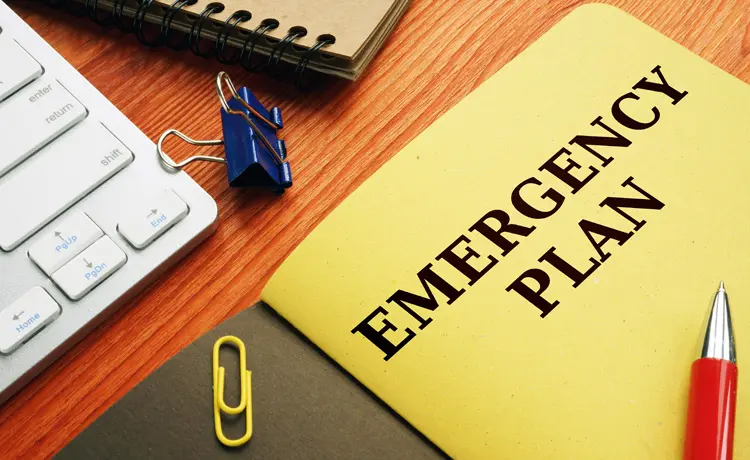Provide your Service members facing deployment with the following tips and checklist to help them prepare their family for any possible emergencies during their absence.
Home Maintenance
Make sure your spouse/partner knows the maintenance schedules for home items like the furnace, air conditioner, etc., and are comfortable with making or arranging for repairs. Leave a list of repair company phone numbers just in case. If necessary, schedule repair services in advance of your deployment for regular maintenance issues. Also, make sure you have insurance for the contents of your home.
Car Maintenance
Keep up with regular maintenance (e.g., oil changes) and make sure your spouse/partner will do the same in your absence. Leave names and numbers of reliable mechanics. Ensure city, base and state inspection stickers are current.
Family Plan Before Your Deployment
Family preparedness also includes understanding types of emergencies and disasters and being prepared for them in advance. The type of emergency your family should prepare for greatly depends on where you live. When preparing your family’s emergency plan, consider what your risks are.
Examples of Disasters and Emergencies
Natural: Floods, hurricanes, thunderstorms and lightning, tornadoes, winter storms, landslides, earthquakes, volcanoes, extreme heat, fires, wildfires Technological: Hazardous materials (hazmat) incidents, nuclear power plants Terrorism: Explosions, biological threats, chemical threats, nuclear blasts, radiological dispersion devices (RDD) Public Health: Anthrax, botulism, E. coli O157:H7, pandemic influenza, pneumonic plague, staphylococcus infection, chemical emergencies, H1N1, ricin, salmonellosis, West Nile virus
Refer to this Family Emergency Checklist Before Your Deployment
- We have set up a family communication plan, including a meeting place.
- We have escape routes and evacuation plans.
- My family knows how to shelter in place, and where public shelters are located in case they have to evacuate.
- My children know their address, phone number, who to call in an emergency and how to call 911.
- My spouse/partner knows where the utilities are and how to shut them off safely.
I have prepared emergency kits and go-bags for my family which include:
- First aid supplies
- Soap and other toiletries
- Non-perishable food, water and a can opener
- Battery-powered/crank radio
- Flashlight
- Cell phone
- Extra batteries/chargers for all devices
- Hand sanitizer
- Whistle
- Extra clothing and shoes for all family members
- Sleeping bags/blankets
- Toys, books and comfort items for children
- Small amount of cash
- Paper and pen
- Emergency document holder containing:
- Copies of passports, driver’s licenses and other forms of identification
- Copies of medication lists and records for all family members
- Copies of insurance policies, Social Security cards, credit cards, wills and marriage certificate
- Key contact list/emergency phone numbers
- Baby supplies (if needed), including:
- Formula
- Clean bottles and pacifiers
- Diapers, bibs, toys
- Pet supplies (if needed), including:
- Food and water
- Copies of ID tags, and medical and vaccination records
- Muzzle, collar, leash and pet carrier
To help Service members in your community find more information on family safety planning, suggest they visit DisasterAssistance.gov, Federal Emergency Management Agency (FEMA) and Ready.gov. For more information on security and preparedness topics, browse the QuickSeries® library of guides, including Make a Plan: Your Family Emergency Preparedness Guide and Disaster Preparedness. Do you need a customized outreach product? Reach out to an Account Manager today!
